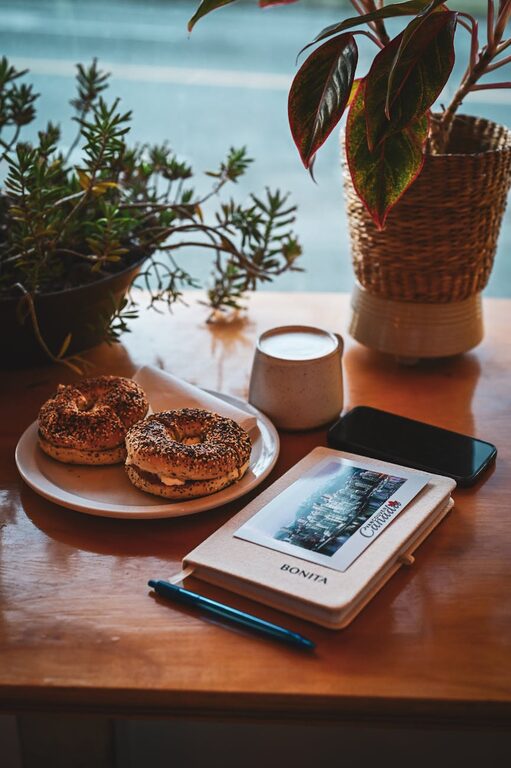Gratitude is a powerful practice that can enhance your overall well-being and bring more joy into everyday life. One of the best ways to cultivate gratitude is by keeping a gratitude journal. If you’ve never tried it before, starting a gratitude journal might seem overwhelming, but it’s a simple and rewarding habit you can develop with just a few minutes each day.
In this post, we’ll guide you through the process of starting your own gratitude journal, offer tips to maintain the habit, and explain how this practice can benefit you in many ways.
What is a Gratitude Journal?
A gratitude journal is a personal diary where you regularly write down things you are thankful for. These can be big moments, like achieving a personal goal, or small everyday joys, like a good cup of coffee or a friendly smile. By focusing on positive aspects of your life, a gratitude journal helps shift your mindset toward appreciation and optimism.
Why Start a Gratitude Journal?
Before diving into the steps, it helps to understand how a gratitude journal can improve your life:
– Increases happiness: Focusing on gratitude encourages a positive outlook.
– Reduces stress: It can lower negative emotions and increase resilience.
– Improves sleep: Reflecting on positive events before bed can promote better rest.
– Enhances mindfulness: Writing about gratitude helps you stay present.
– Strengthens relationships: Recognizing what others do for you can deepen connections.
How to Start a Gratitude Journal: Step-by-Step
Step 1: Choose Your Journal
Your gratitude journal can be anything you like—a traditional notebook, a journal app on your phone, or even a simple document on your computer. Choose a format that feels comfortable and easy to access every day.
Step 2: Set a Regular Time
Decide when you’ll write in your journal. Common times include:
– In the morning to start your day on a positive note
– Before bed to reflect on the day
– During a break or quiet moment
Setting a specific time builds consistency and helps make journaling a habit.
Step 3: Start Small
Begin with writing 3-5 things you are grateful for each day. These can be simple or specific, such as:
– “I’m grateful for the sunshine during my morning walk.”
– “I appreciate my friend’s kind words today.”
– “I’m thankful for having a nourishing meal.”
There’s no right or wrong answer—focus on what feels genuine.
Step 4: Be Specific and Personal
Instead of general statements like “I’m grateful for my family,” try to mention a particular moment or detail, for example:
– “I’m grateful for the laughter I shared with my sister during lunch.”
Specific gratitude is more meaningful and helps you recall positive experiences more vividly.
Step 5: Reflect on Why
After writing your gratitude items, take a moment to reflect on why they made you feel thankful. This deepens your connection to the positive feelings and enhances the impact of your practice.
Step 6: Mix It Up
Keep the practice interesting by:
– Writing gratitude letters to people you appreciate
– Adding sketches or photos
– Including quotes or affirmations
– Noting lessons learned through challenges
Variety keeps you engaged and makes journaling enjoyable.
Tips to Maintain Your Gratitude Journal Habit
– Keep your journal visible: Place it somewhere you won’t miss it, like your bedside table.
– Set reminders: Use alarms or calendar alerts.
– Be patient: It’s normal to miss days; just keep going without judgment.
– Share your gratitude: Telling others about your practice can motivate you.
– Combine with meditation: Enhance mindfulness by pairing journaling with a few minutes of meditation or deep breathing.
Overcoming Challenges
Sometimes, it may be difficult to find things to be grateful for, especially during tough times. If you feel stuck, consider:
– Focusing on small comforts (a warm blanket, clean water)
– Appreciating your own strengths or efforts
– Looking at past experiences that taught you valuable lessons
Remember, gratitude journal is about progress, not perfection.
Final Thoughts
Starting a gratitude journal is a simple yet powerful way to improve your mental and emotional health. With a few minutes each day, you can foster a more positive mindset, appreciate life’s small joys, and build resilience. Give it a try—your future self will thank you!
Happy journaling!

